In this blog post, we’ll talk about hypothyroidism, a prevalent health concern in dogs. We will go over the reasons, typical symptoms, diagnostic procedures, and potential treatment options in depth. In addition, we will discuss how you may help your pets cope with this disease. Our goal is to promote awareness among dog owners about this health issue and give the information needed for early detection.
İçerik Tablosu
What is Hypothyroidism in Dogs?
Hypothyroidism is a common endocrine disease in dogs that occurs when thyroid hormones are not produced adequately. These hormones are produced by the thyroid glands on either side of the throat. They play a critical function in metabolism. When the glands create insufficient hormones, the dog’s physiological processes slow down.
Dogs with hypothyroidism frequently exhibit thyroid gland inflammation or degeneration. Fortunately, thyroid cancers are uncommon in dogs.
Hypothyroidism is most common in middle-aged dogs, especially in medium to big breeds.
Symptoms of Hypothyroidism in Dogs
Dogs with hypothyroidism commonly exhibit one or more of the following clinical signs:
- Weight Gain: Hypothyroid dogs may experience rapid weight gain without an increase in appetite. Pet owners might notice their dogs gaining significant weight despite eating less.
- Lethargy and Fatigue: Affected dogs prefer to sleep and rest throughout the day rather than be active.
- Seeking Warmth: Due to low thyroid levels and the associated low metabolism, dogs may feel cold and prefer to stay in warm places, such as near a fireplace or heaters.
- Chronic Skin and Ear Infections: Hypothyroidism can lead to chronic skin and ear infections, often indicating underlying thyroid issues.
- Dry and Brittle Fur: The fur of hypothyroid dogs may become dry and brittle, and over time, they may experience thinning, particularly in the back and tail areas.
- Increased Skin Pigmentation and Hair Loss: Hypothyroid dogs may have darker skin and experience issues with hair regrowth after being shaved.
Less common hypothyroidism symptoms include reproductive disorders, nervous system problems, fatty deposits on the eye’s surface, and drooping facial muscles. If your dog exhibits any of these signs, you should visit a veterinarian. Early diagnosis and treatment can make a big difference.
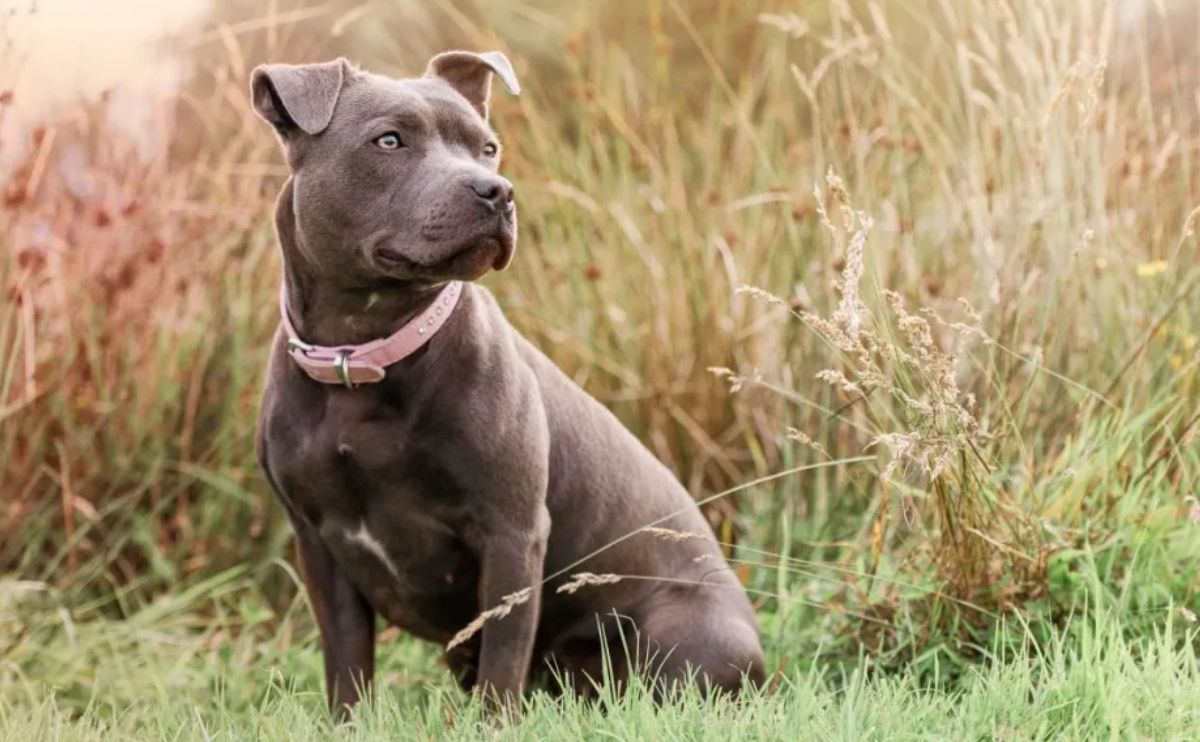
What Causes Hypothyroidism in Dogs?
The two most common causes of hypothyroidism in dogs are inflammation of the thyroid gland and degeneration of the thyroid gland.
While we don’t know exactly why these disorders develop spontaneously in certain dogs, we do know that there is a genetic predisposition. Cancer is another rare cause of hypothyroidism in dogs, however it only accounts for a small fraction of hypothyroid sufferers.
The majority of hypothyroid individuals suffer from thyroid gland inflammation or degeneration, both of which are treatable with medicine.
How Do Veterinarians Diagnose Hypothyroidism?
Your veterinarian will begin by performing a physical examination on your dog and gathering a detailed medical history. It is critical to describe any strange behaviors you have observed in your dog, as well as the timeline of when these changes occurred.
Your veterinarian may recommend basic blood tests and urinalysis to assess your dog’s overall health. If there are changes in your dog’s skin, your veterinarian may do skin scrapings, gently scrape the skin’s surface with a scalpel, or press a microscope slide against the skin to collect samples for examination to rule out any secondary skin infections.
Hypothyroidism is diagnosed through blood tests. Your veterinarian will likely draw blood from your dog for testing either in-house or at an external lab.
Many veterinarians will run further blood tests to confirm the diagnosis of hypothyroidism, such as free T4 levels or a complete thyroid panel. Dogs can have low total T4 levels without being hypothyroid. A dog’s total T4 level may fall at the low end of the normal range, but they may still be hypothyroid. These confirmatory tests can be especially useful in such circumstances.
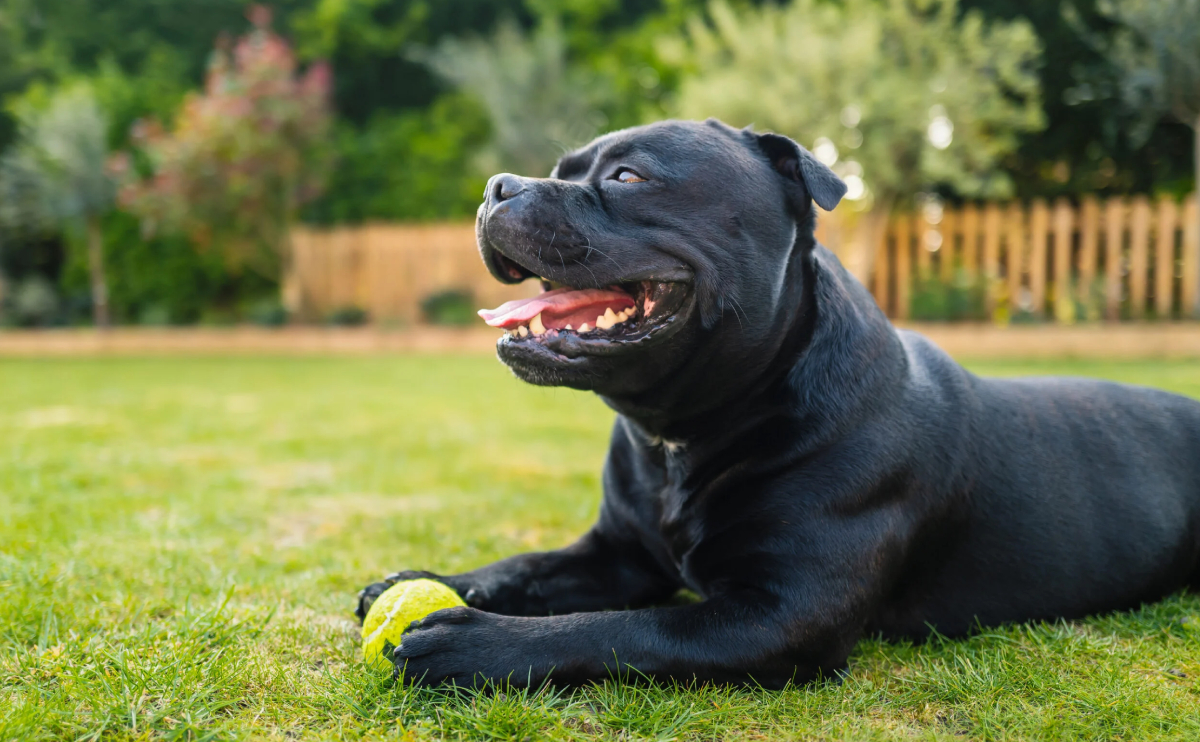
Is There a Treatment for Hypothyroidism in Dogs?
Hypothyroidism is treated with an oral medicine that contains a synthetic version of the thyroid hormone your dog is deficient in. It is crucial to realize that hypothyroidism can be controlled but not cured.
This thyroid replacement hormone must be administered to your dog throughout his or her life. This drug comes in a variety of strengths, and your veterinarian will determine the proper dosage based on your dog’s weight. After about a month, your veterinarian will probably want to review blood testing to see if any dosage adjustments are required.
This thyroid replacement hormone must be administered to your dog throughout his or her life. This drug comes in a variety of strengths, and your veterinarian will determine the proper dosage based on your dog’s weight. After about a month, your veterinarian will probably want to review blood testing to see if any dosage adjustments are required.
Untreated hypothyroidism can reduce your dog’s life expectancy since thyroid hormones and metabolism affect practically every organ in the body. Dogs with untreated hypothyroidism may have excessive cholesterol, decreased immunological function, slower heart rate, and neuromuscular problems.

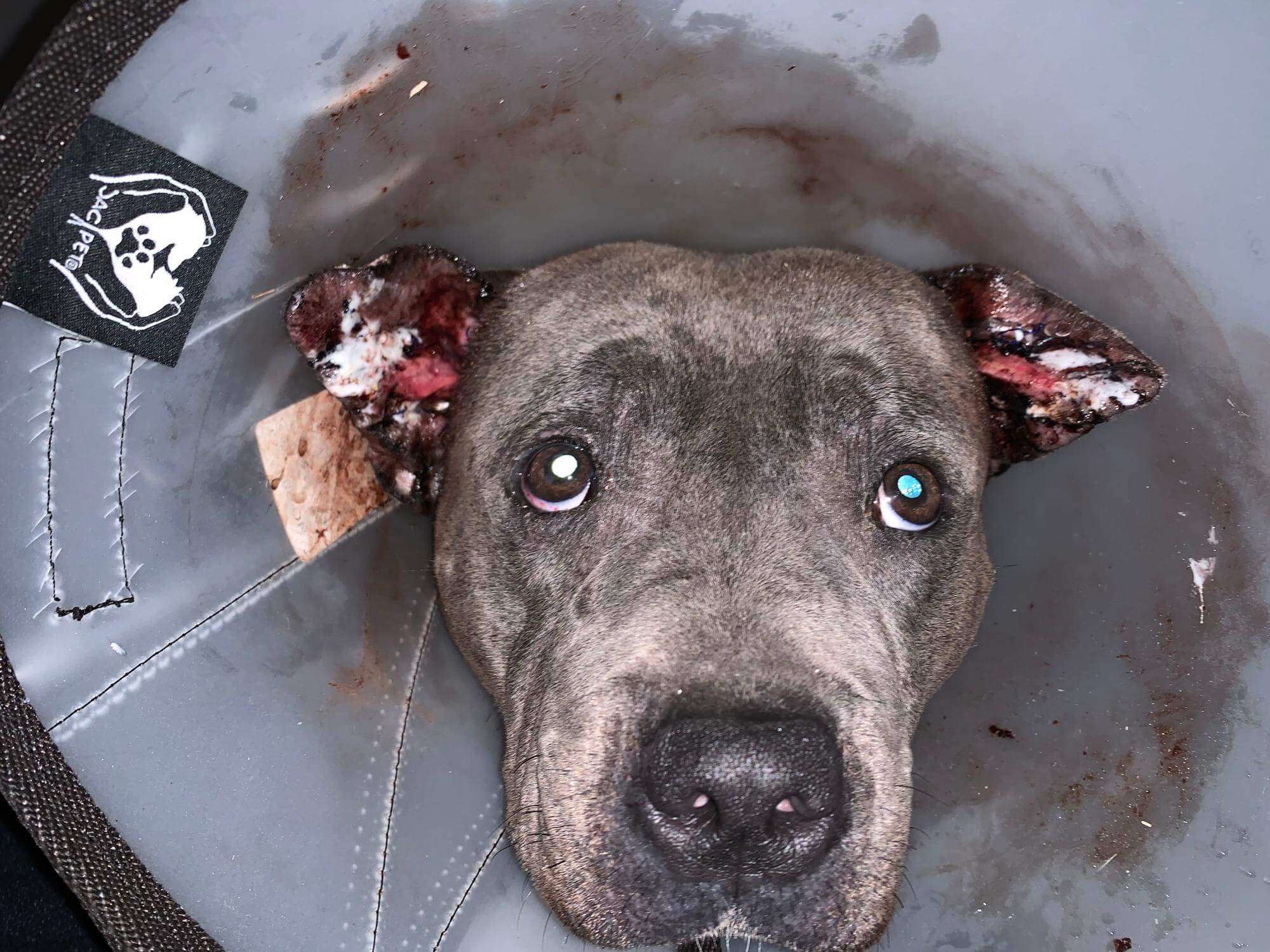
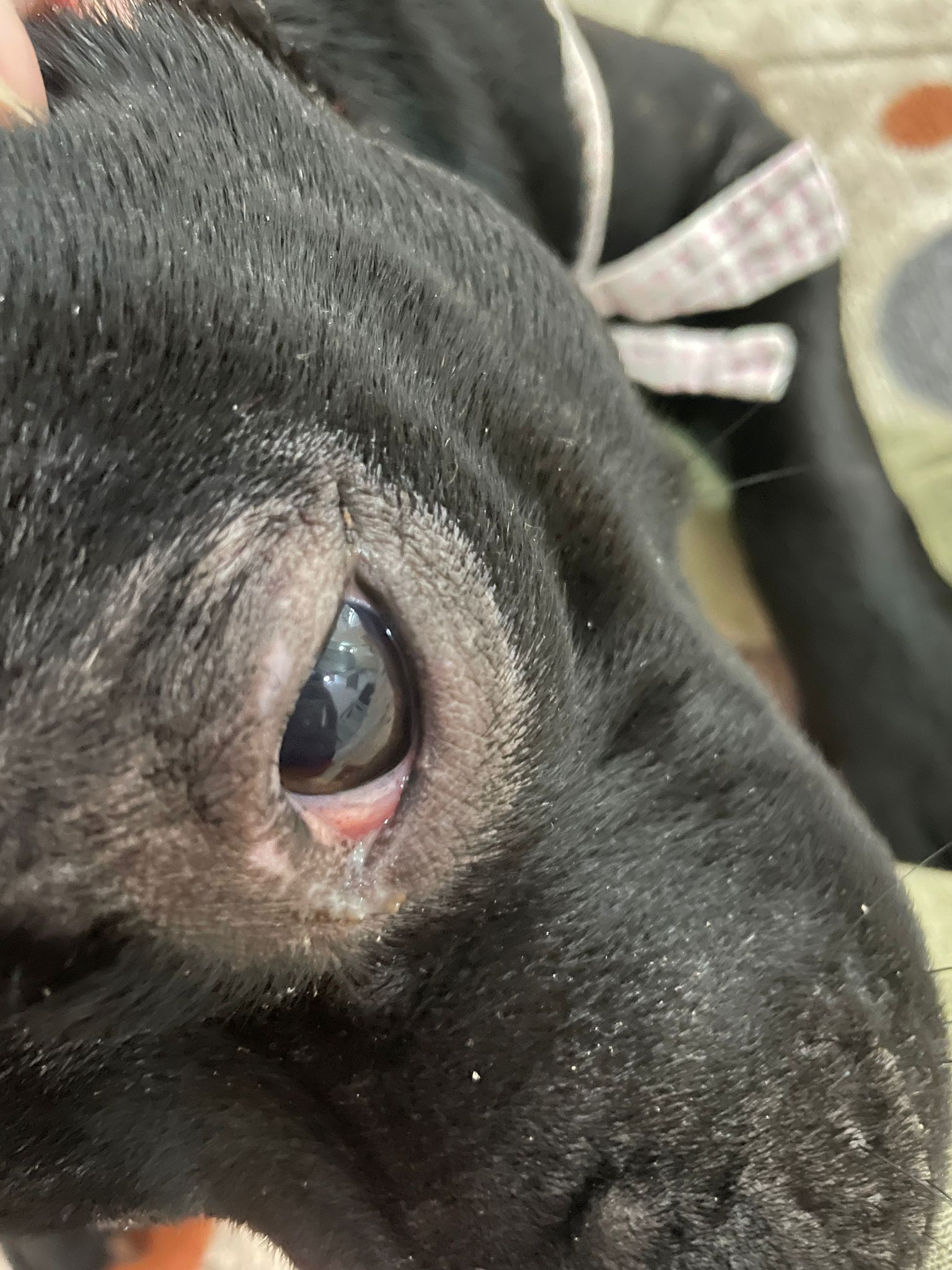
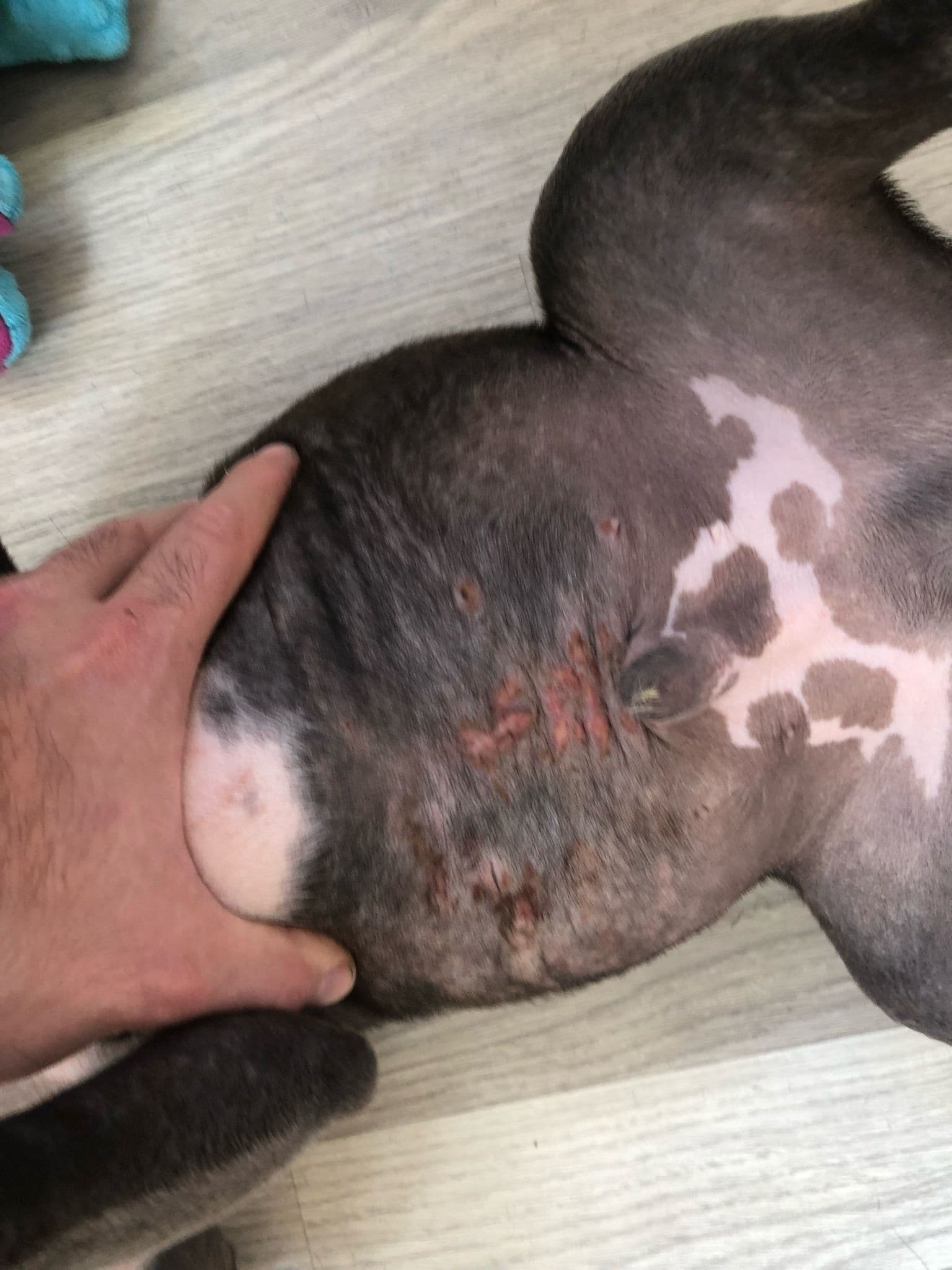
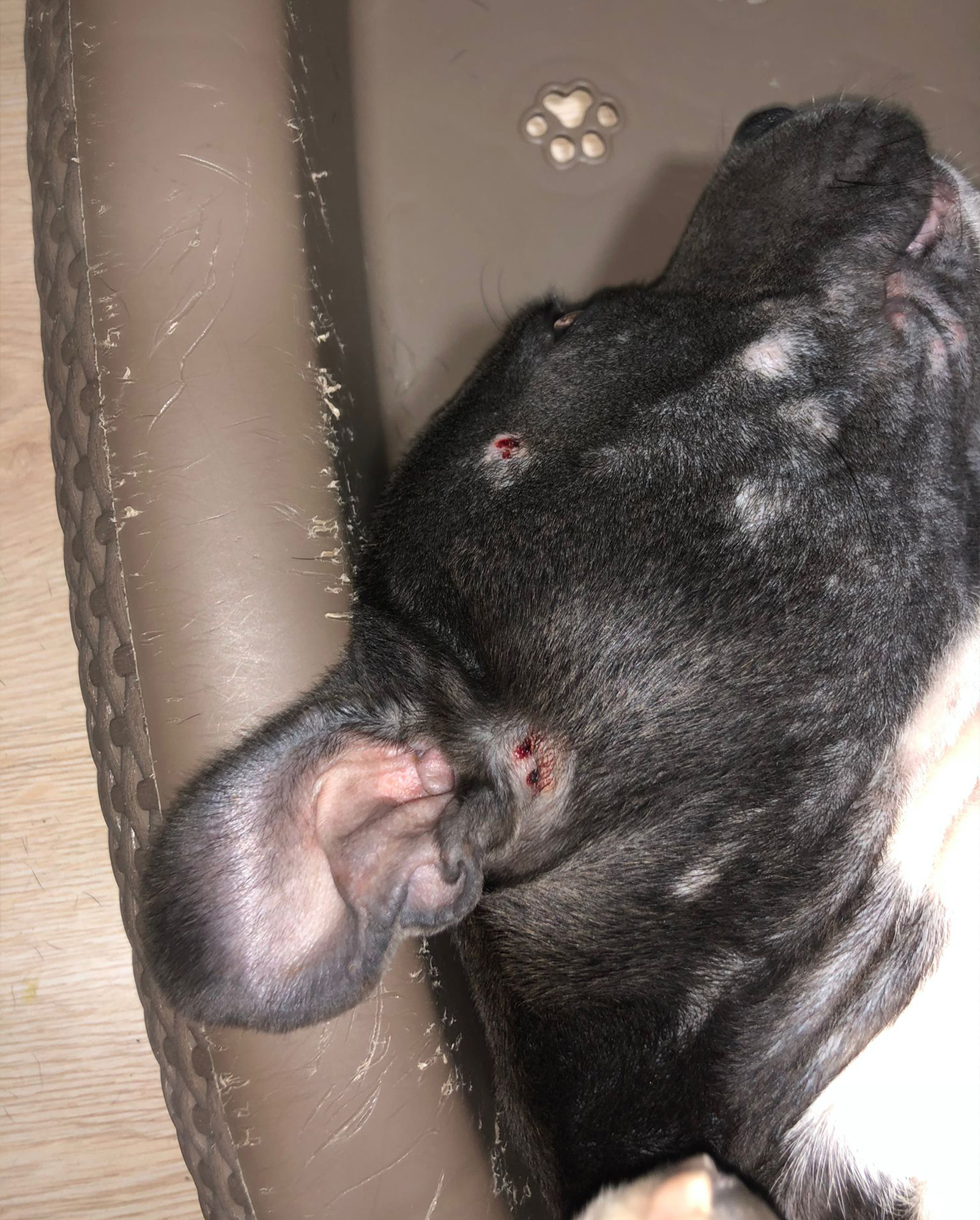
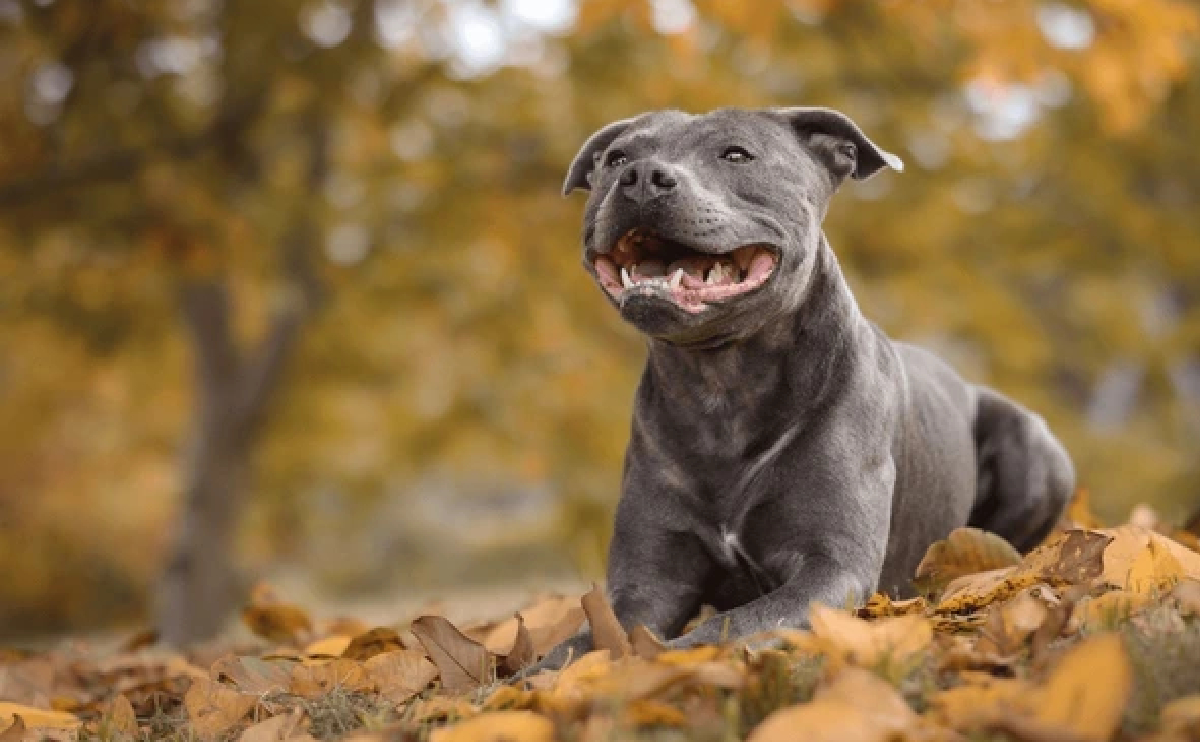
Most Read Articles
Hypothyroidism in Dogs: Causes, Symptoms, and Treatment Methods
In this blog post, we’ll talk about hypothyroidism, a prevalent health concern in dogs. We...
May
Urinary Tract Infections in Dogs: Symptoms and Treatment Methods
Urinary tract infections in dogs are prevalent, particularly in females. Pay attention to symptoms to...
Jun
Fungal Infections in Dogs: Symptoms and Psychological Effects
Fungal infections in dogs can have a serious influence on their health. In this post,...
Sep